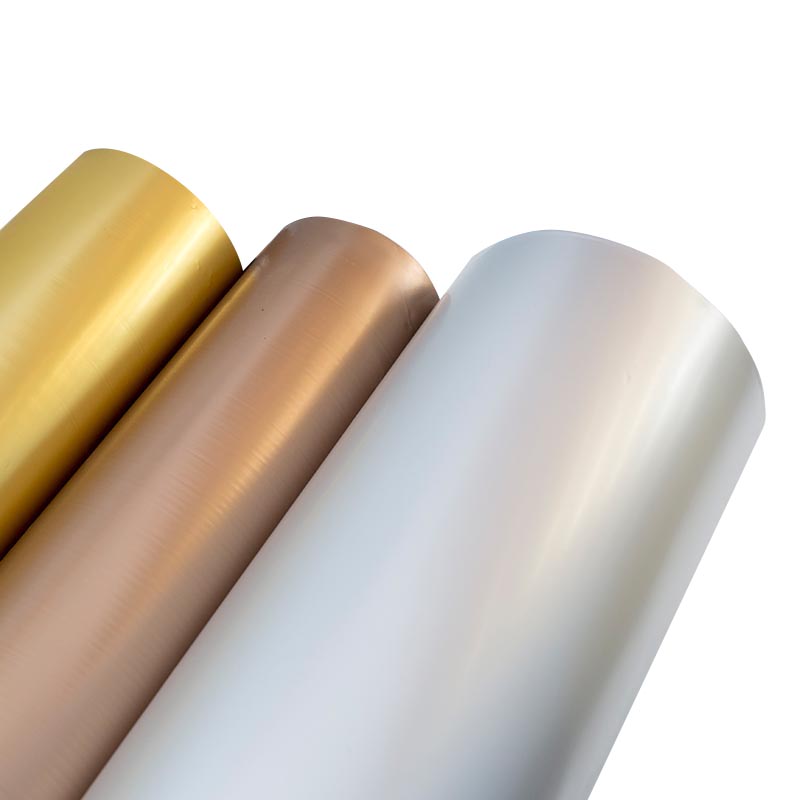To improve the temperature resistance and dimensional stability of Matte PET Film, manufacturers can implement various techniques and modifications during the film production process. Here are some methods commonly used to enhance these properties:
1. Material Selection:Choose high-quality PET resin with a higher glass transition temperature (Tg) to improve temperature resistance. PET with a higher Tg exhibits improved stability at elevated temperatures.
2. Additives: Incorporate additives into the PET formulation to enhance temperature resistance and dimensional stability. For example, the addition of stabilizers, antioxidants, or UV absorbers can help protect the film from degradation caused by exposure to heat and UV radiation.
3. Film Thickness: Increasing the thickness of the film can enhance its dimensional stability and resistance to temperature fluctuations. Thicker films tend to be more stable and less prone to deformation under varying conditions.
4. Orientation and Annealing: Applying orientation and annealing processes during film production can enhance the molecular alignment within the film, improving both temperature resistance and dimensional stability.
5. Coatings: Applying specific coatings to the surface of the Matte PET Film can enhance its resistance to temperature and environmental factors. Coatings may also provide additional protection against UV radiation and moisture.
6. Lamination: Laminating the Matte PET Film with other materials can improve its overall stability and performance under extreme conditions.
7. Post-Processing Treatments: Implementing post-processing treatments, such as heat setting, can further enhance the dimensional stability of the film.
8. Quality Control: Strict quality control measures during the film production process help ensure consistent performance and properties of the final product, including temperature resistance and dimensional stability.

9. Optimized Extrusion Parameters: Adjusting the extrusion parameters during film production, such as melt temperature, cooling rate, and draw ratio, can have a significant impact on the film's properties.
10. Testing and Certification: Conducting thorough testing of the Matte PET Film under different temperature and environmental conditions ensures that it meets specific temperature resistance and dimensional stability requirements. Certifications or compliance with industry standards can provide further assurance of the film's performance.
It's important to note that improving temperature resistance and dimensional stability often involves a balance with other film properties. Manufacturers must carefully consider the requirements of the intended applications and tailor the film's formulation and production process accordingly. Additionally, consulting with material experts and conducting thorough testing can help optimize the performance of Matte PET Film for specific use cases.

 English
English





 WeChat
WeChat WhatsApp
WhatsApp